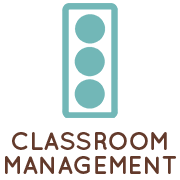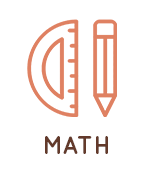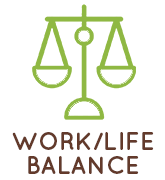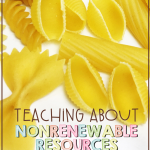
Renewable and nonrenewable resources make for a great topic when you start thinking about teaching Earth Day. As Earth Day approaches, we want to remind students of the impact that we all have on the future of this planet and how they can really make a difference.
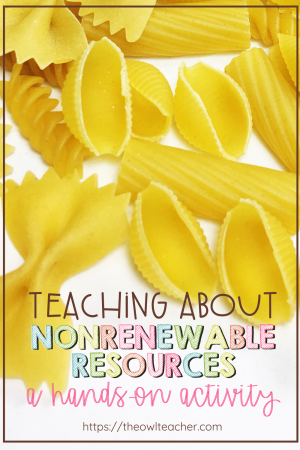
Background of Renewable & Nonrenewable Resources
When I start teaching about renewable and nonrenewable resources, I first make sure students really understand the difference between the two. Renewable resources are resources that can be replaced or “renewed” or even “new again” because of the prefix “re-” on renewable. (If you want to carry it further, the suffix -able means “capable of,” so the entire word, renewable, means capable of being new again. I love when you can have a word study in science!) These are natural and can be used over and over again without being used up. These are things such as wind, the sun, and water. Then, when I discuss nonrenewable, we first break down the word and talk about the prefix non- means “not.” That means they are not renewable. Together we discuss what is not renewed – these are things such as fossil fuels. Fossil fuels consist of oil, coal, and gas – all of the current energy and fuel sources we use. You may want to even discuss that fossil fuels come from years and years of the building up of the remains of ancient living organisms. Since it takes soooooooo incredibly long to create fossil fuels, we can’t replace them as fast as we are using them.
Nonrenewable Resources Activity
Once I have explained the difference between the two to my students, I want to really “hit home” the understanding of how nonrenewable resources are used up quickly and how it relates to Earth Day.
I begin by splitting my students up into groups of 4. I had approximately 7 groups. Each group was then given an index card with one of the four different types of noodles (rotini, rigatoni, shells, and bow ties) attached to it. For fun, you could call each of those noodles something different or what they represent, such as oil, coal, gas.
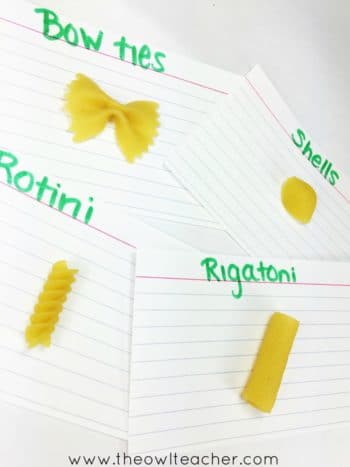
I then had each group give themselves a company name. They were going to be the “Exxon Company” in the classroom. On my signal, each company was going to “compete” with another company in the room by “mining” for the same resource (noodle). The goal was for each company (group) to “harvest” as many of their resource (noodles) as they possibly can in the time allowed. (However, remember, there is another company (group) in the classroom mining that same resource.)
I then dumped on a dollar store shower curtain a mix of each of the four noodles (I did two boxes of each kind, but you can do more if you desire). Each group would send up ONE person to collect as many of their noodles as they can in 30 seconds. Once the timer went off in 30 seconds, they had to return to their group with all the noodles they collected. Together as a group, they had to count all the noodles that were collected and write this on their group chart. This was considered round one. So for instance, round one may say 35 noodles collected.
Then, a different student in the group would get ready to go up and “mine.” I repeated everything as before with 30 seconds and collect as many noodles as possible. The noodles from the first round were NOT thrown back into the pile to be collected. They have been “used up.” Again, noodles that were collected were recorded in their group chart (now under round 2) to show how many they had collected each round. Each student went twice, or a total of 8 rounds.
What we found were some groups completely ran out of noodles – especially since they were competing against other “aggressive” companies. We also discovered it was becoming harder to find our noodles and they were decreasing as we progressed.
Since I’m all about integrating, I had my students create line graphs to demonstrate how the resources were decreasing over time. Then, together we discussed how this is the reality of what’s happening now, we just have a larger pile of noodles so we aren’t running out as fast, but we are definitely heading that direction.
Then I tied it to Earth Day. That’s why it’s important that we conserve the energy we DO have so we aren’t just wasting it and using it up quicker.
This was a huge eye-opener for students – and an engaging one at that!


